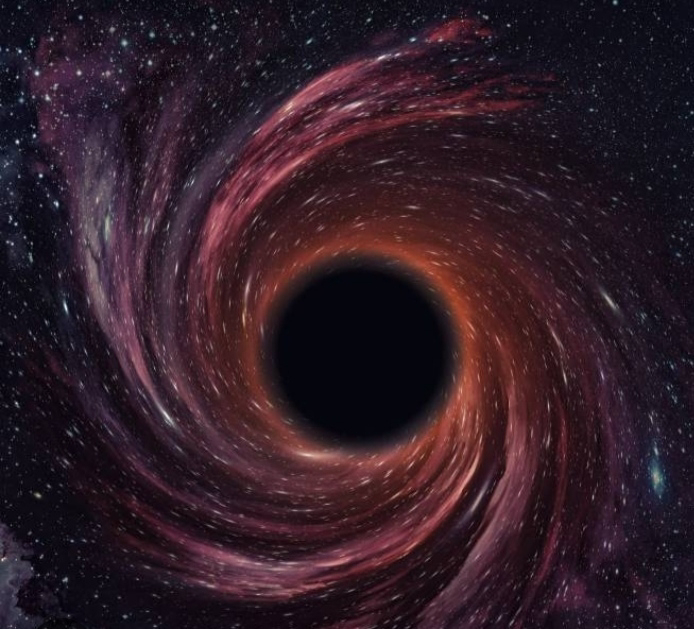Formation:
Supermassive black holes are found at the centers of most galaxies, including our Milky Way. The exact mechanism behind their formation is still not fully understood, but it is believed that they grow through the accretion of mass over long periods. These black holes can have masses ranging from millions to billions of times that of the Sun.
Anatomy of a Black Hole:
A black hole consists of three main components: the singularity, the event horizon, and the ergosphere.
3.1 Singularity:
At the center of a black hole lies the singularity, which is a point of infinite density and zero volume. The laws of physics, as we currently understand them, break down at the singularity.
3.2 Event Horizon:
The event horizon is the boundary beyond which nothing can escape the gravitational pull of a black hole. It is the point of no return, and once an object crosses this boundary, it is inevitably drawn into the black hole.
3.3 Ergosphere:
The ergosphere is a region surrounding the black hole where spacetime is dragged along with the black hole's rotation. This phenomenon, known as frame-dragging, is a consequence of the black hole's immense angular momentum.
Types of Black Holes:
Black holes are classified based on their mass and angular momentum. The primary categories include stellar black holes, intermediate-mass black holes, and supermassive black holes.
4.1 Stellar Black Holes:
Stellar black holes typically have masses ranging from a few times that of the Sun to a few tens of solar masses. These black holes are formed through the collapse of massive stars.
4.2 Intermediate-Mass Black Holes (IMBHs):
IMBHs have masses between stellar black holes and supermassive black holes, ranging from thousands to tens of thousands of solar masses.
The origins of IMBHs are still under investigation, and they could be the result of the merging of smaller black holes or the remnants of massive star clusters.
4.3 Supermassive Black Holes (SMBHs):
SMBHs are the most massive type of black holes, with masses millions or billions of times that of the Sun. These black holes reside at the centers of galaxies and play a crucial role in galactic evolution.
Properties and Effects of Black Holes:
Black holes exhibit several unique properties and have profound effects on their surroundings.
5.1








0 Comments